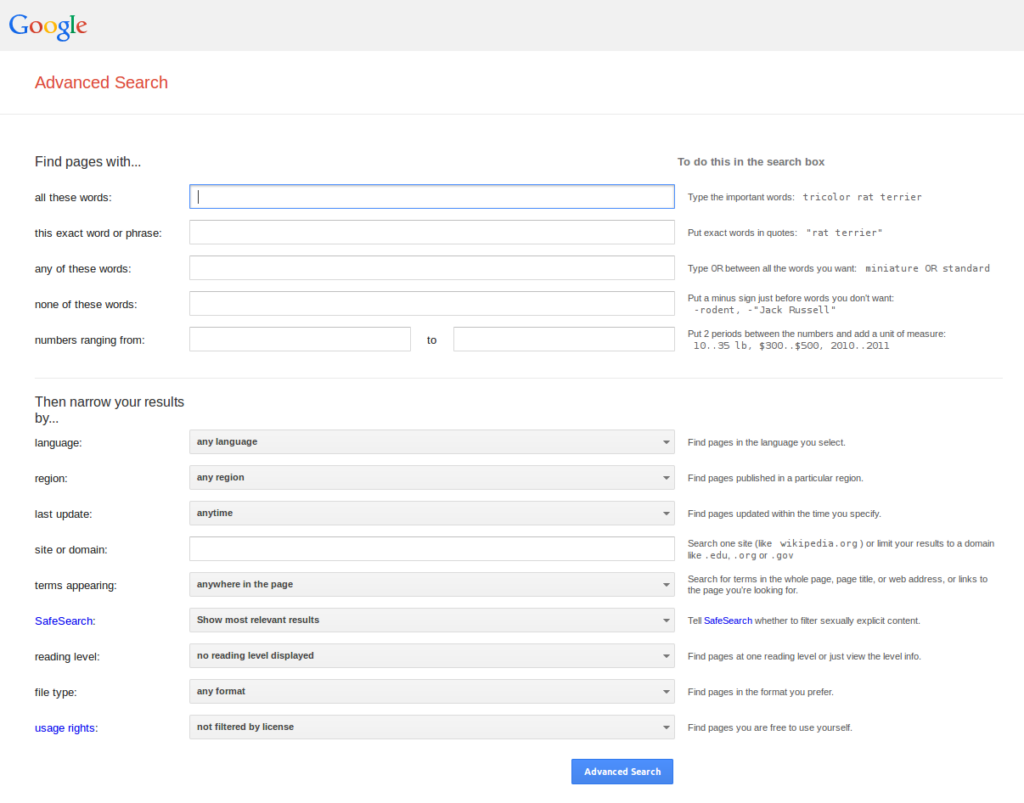Prepare for Digital Learning Day (February 5th—tomorrow!) with advanced searching techniques!
How many times a day do you have a question, so you go to your computer, you bring up your favorite search engine in a browser, you type it in, and the BAM! You’ve got the answer!
“google”, v. was entered into the 11th version of the Merriam Webster dictionary (in 2006). And yes, I googled “when was google entered into the dictionary” to give you the date.
Our reliance on search engines is incredible—it is so automatic that we hardly even notice when we use them. But what would happen if we took out the search engines. What if we only went to websites that we knew, and navigated using the links supplied on the page. How many “degrees of separation” would we get between two websites that each would be considered significant resources for the subjects we were exploring?
Thus is my experiment: without using a search engine, without using Wikipedia, and without using any internal search functions (no Ctrl-F, no search bars powered by Google), I am going to navigate between two topics. The topics were kindly supplied by two members of the Eduporium team:
- 1) Accessibility and Inclusion for People with Disabilities
- 2) Helicopters
Where to start? According to the “rules” of my own little game, the idea is that you start with a website that you know from the top of your head.
If starting from Helicopters, I’d pick: www.helicopter.com (Okay, I didn't know that one, it was a guess)
If starting from Accessibility, I’d pick www.w3c.org (which redirects to www.w3.org—the World Wide Web Consortium—A website about Web standards that I happen to know from my work in accessibility)
For the first part, I’ve chosen to start from w3c.org. I’m not aiming to get to exactly www.helicopter.com, but at least to a website that can give me resources and information about helicopters.
….. Click …...
….. Click …...
….. Click …...
….. Click …...
….. Click …...
….. Click …...
….. Go Back …...
….. Click …...
….. Click …...
….. Click …...
….. Click …...
….
….
….
….. Click …...
Okay, it’s hard! And in order to search using this method without randomly guessing, there is a lot of side knowledge that is required. I’m not giving up, but finding the path is taking much longer than expected, so I’ll finish this train of thought in another post with a description of my thought process and the websites I visited before I found what I was looking for.
You might think by now that I am against search engines. No, of course not. Being someone who likes programming, automation, and efficiency, I’m all for using the tools that we have and not reinventing the wheel. But in addition to simply using our existing tools, I believe in learning about how to use them well. So in the last part of this post, I’m going to share some tips for searching through a search engine more effectively. For this post, I'll be using Google as my search engine example.

Think about what you want to be searching for, where you want to be searching, and what you want the search engine to avoid.
Now take a look at this. In the top section of the advanced search page, on the right-hand side, are hints about the syntax (the characters and style you need to use) to search for all words in your query, only some, a range of numbers—how to put these and other search constraints in your regular search bar.
There is also the bottom section of the advanced search page. While it doesn’t have the “To do this in the search box” hints, all you need to do is find out what keywords each of the filters use. Translation? Say you select “only in URL” from the "Terms Appearing" drop-down. Search for something simple, say, “Math”. Now, when you get the results (all websites with “Math” in the URL), you also get the query that was generated. Ah Ha! So here is the format: in order to search for my keywords only in the URL of websites, I need to have allinurl: in front of my keywords!
Simple, but powerful. Have a ball! Or rather, Have a search!



